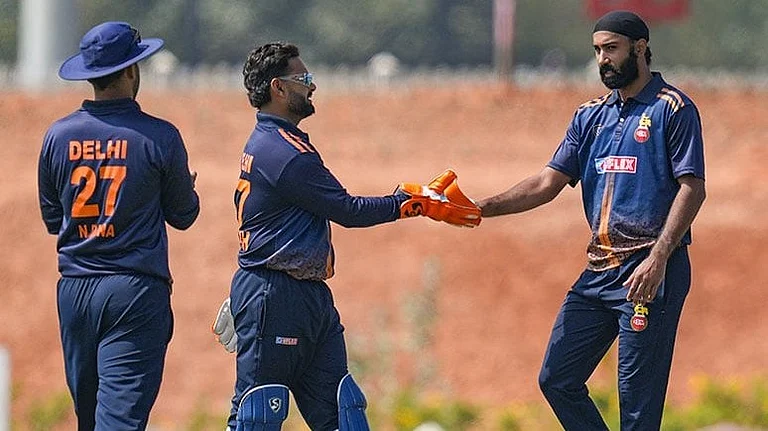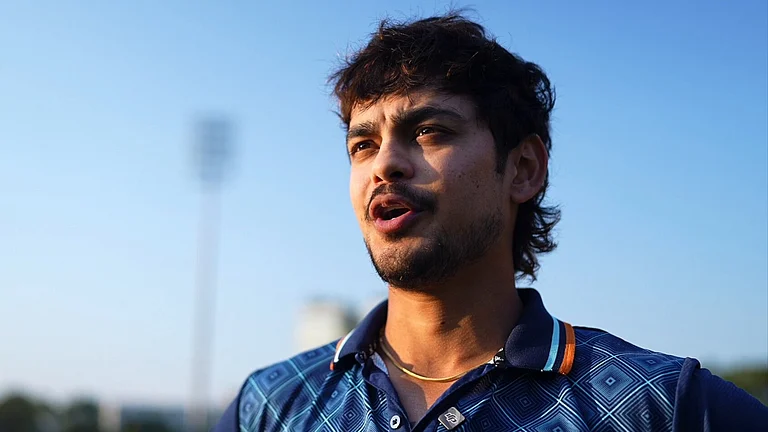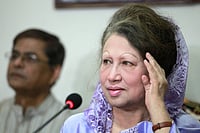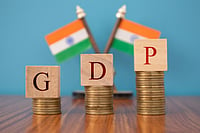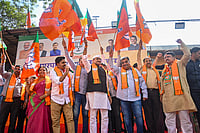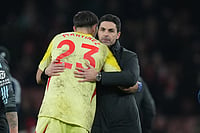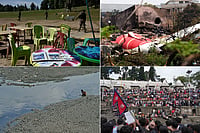I don’t think modern trade has seen a Diwali like this in a while. In India, even minor festivals have a strong consumption trigger built into them. Even before modern marketers came to make festivals events of consumption, there was a trend of buying during those days—clothes, food, gifting, for the home and for others. And this is exactly what marketers want people to do. When incomes are generally up and people are feeling visibly confident, festivals become the nice point where they want to graduate to the next level of consumption. The rate at which incomes are growing (I’m talking specifically of urban and large town India), this trend is bound to grow further.
Though we notice a general hesitation to upgrade to premium brands, the festivals provide an opportunity to consume and a cultural licence for hedonism—a means of freedom for people to buy, to upgrade. That’s when you buy things for the home and for others. Of course, this overall atmosphere of hedonism normally doesn’t go smoothly with middle-class mindset. As the community feels more and more confident, in every festival we find higher levels of consumption expenditure.
While Diwali is the biggest, we have found that even in smaller festivals like Karva Chauth, which is followed in some parts of the country and one associated with fasting and hardship, there is an expression of buying. And the partying, the buying and gifting around it is getting bigger. The kind of tempo and upswing that began with Puja and then Dusshera is continuing. What we are witnessing now is a further upturn of that tempo as we approach Diwali.
The caution in the consumer sphere is not really visible now. The residual impact of a phase of high food inflation is minimal in the modern trade context. Indeed, large value retailers like Big Bazaar provide partial shelter to the consumer from inflation. In times of inflation, more people tend to make that extra effort to go to value stores.
Yes, there is a slack in the purchase of some large-ticket items in electronics and durables but that is because of a different phenomenon, which is fast becoming a trend now and for which modern marketers are responsible. Today, modern marketers promote these items throughout the year and not necessarily during the festivals. So their purchases are spread over a longer period rather than being confined to the festivals.
For a large number of people, modern trade is a symbol of good times. And with discretionary money in hand, people are willing to upgrade even the smaller things in life. A lot of customers actually migrate into modern trade because they would like to look at choices during festival time. Even for the chhota-mota things of life, they would like to make those small upgrades in the spirit of celebration and hedonism. So even when it comes to a bar of soap or a pack of noodles, people are ready to buy a premium brand or a pack that is larger.
This Diwali is going to be significantly better than the previous year’s and we would be looking at over 25 per cent growth over the last year. As compared to 2008, consumers are distinctly more upbeat, across categories, regions, small towns and metros. Some of this growth would be a momentum, that is a turnaround from last year when the sentiment was one of caution. When that happens, people end up postponing purchases that are of a replacement or avoidable kind. But when that outlook changes, something that has happened now, people are willing to come out and spend more. That is the mood now. And festivals provide the time when you do that step up in life.
The last six months have been heading in this direction and consumption is increasing in the smallest of things. Customisation and regional preferences are happening in case of food, fashion and home goods. Overall, people are now willing to buy and are willing to pay for better quality and convenience. Diwali is the silver lining.
(Mall is the director, food strategy, Future Group)









